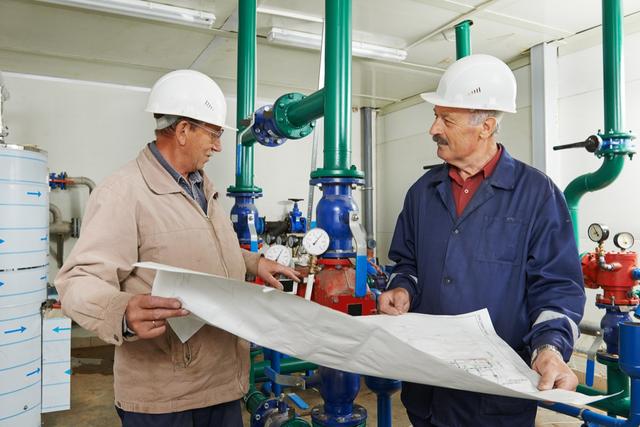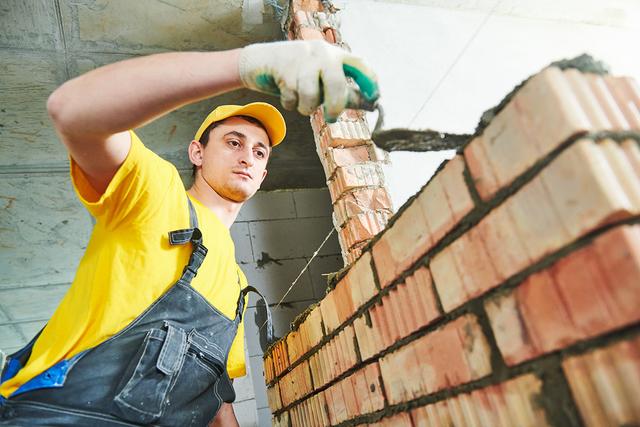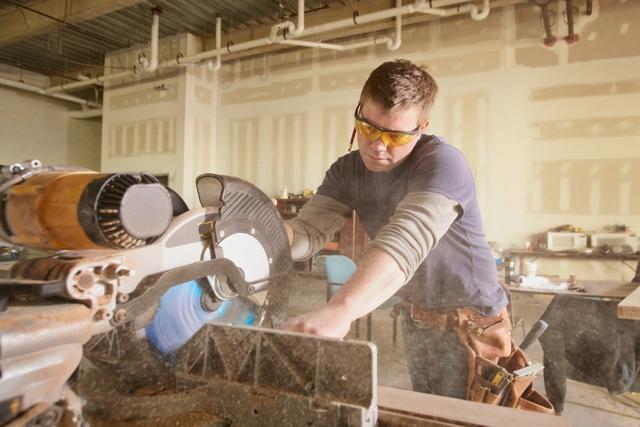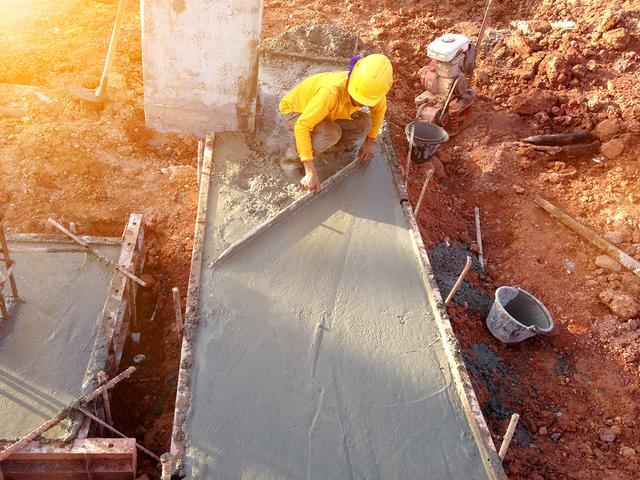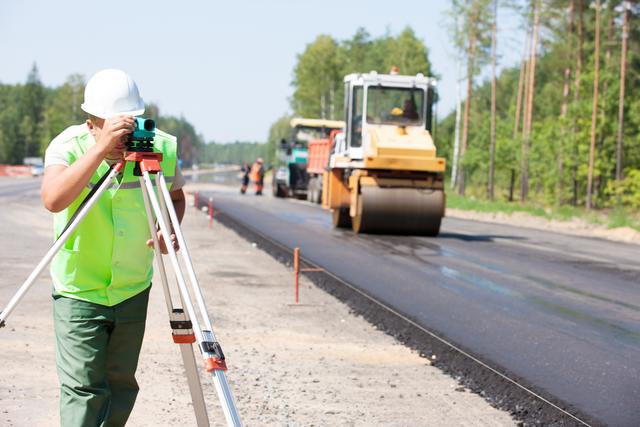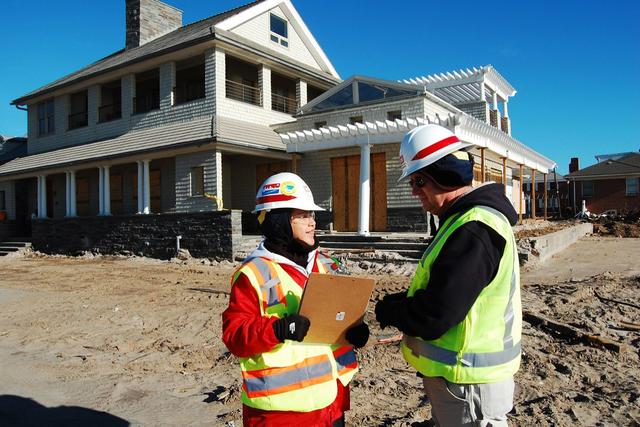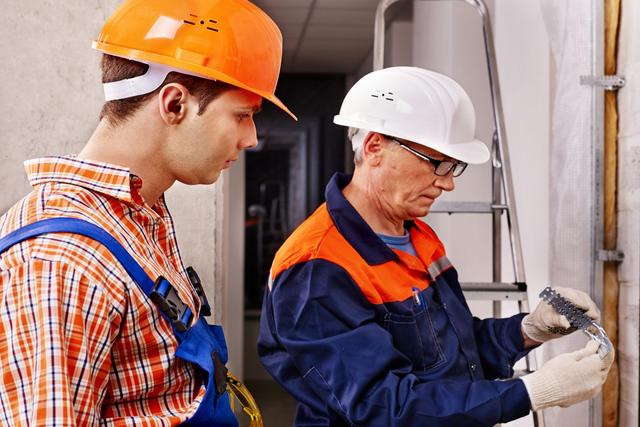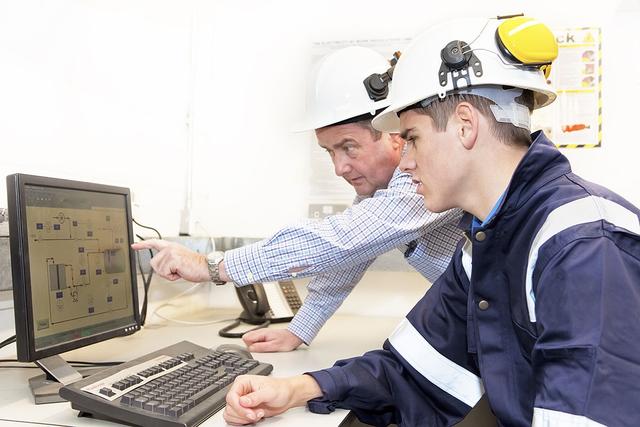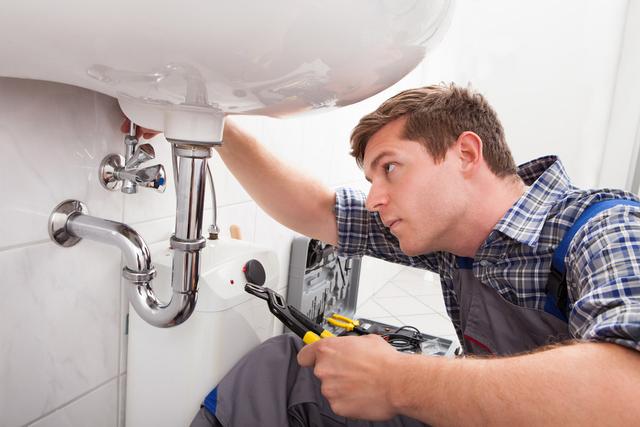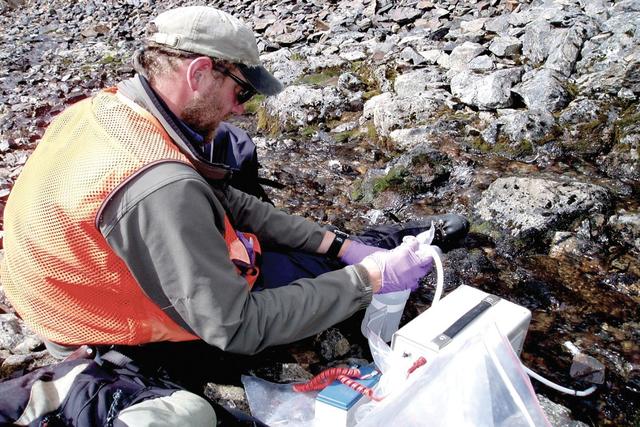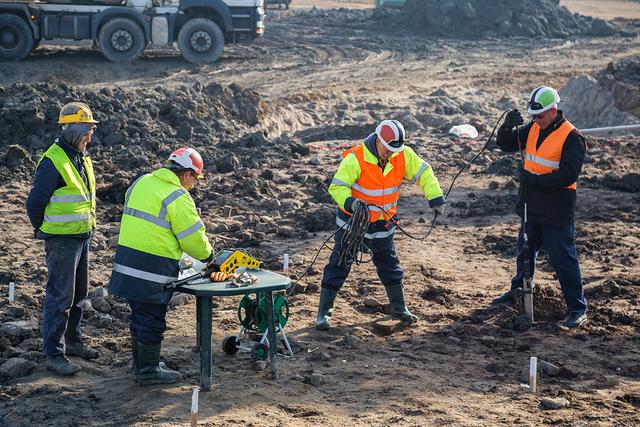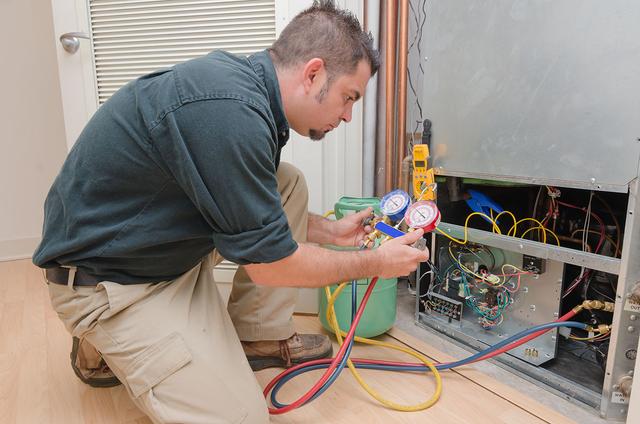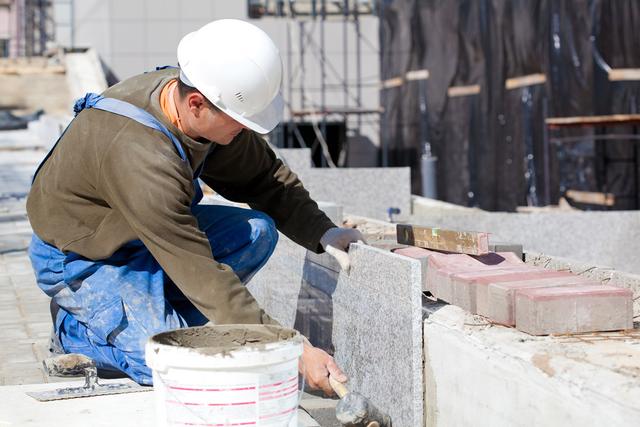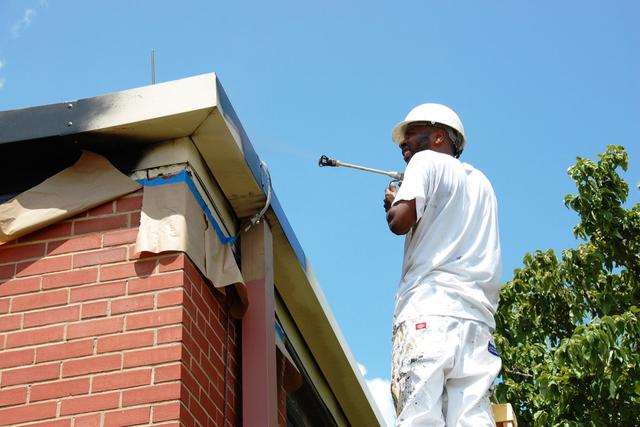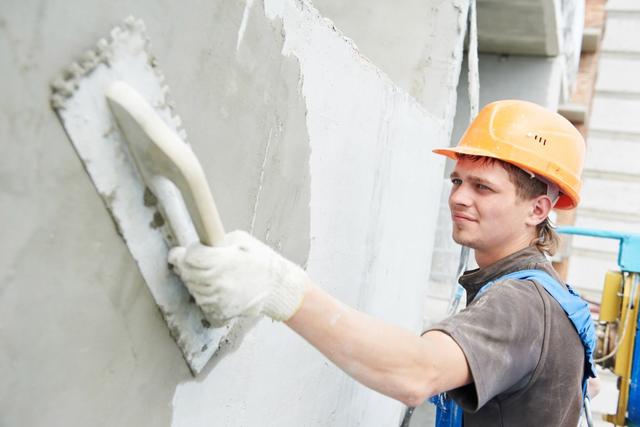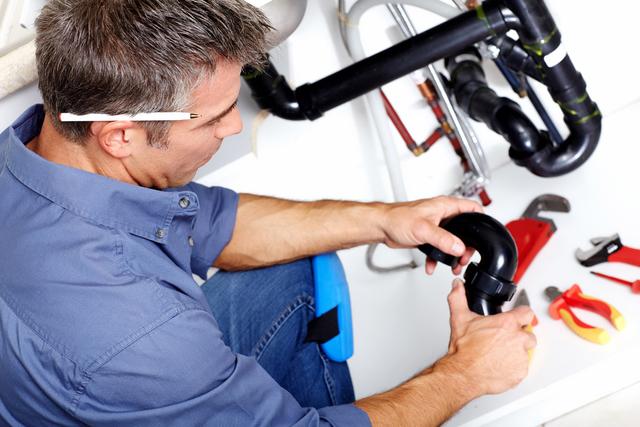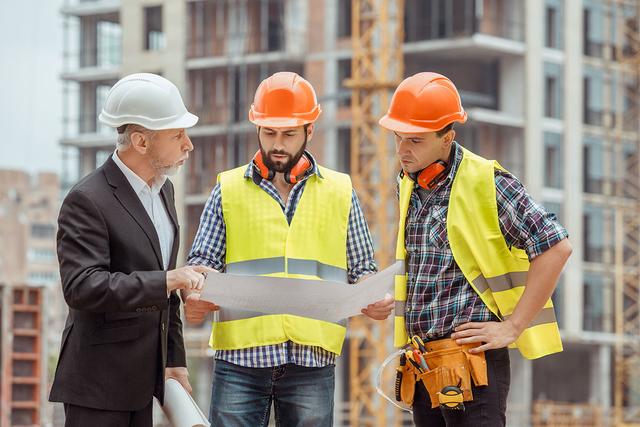Asbestos Abatement Technicians
Overview

Introduction
Asbestos abatement technicians, also known as asbestos removal technicians, assist with the removal of asbestos-containing materials from buildings (or coat and seal asbestos to eliminate exposure). Asbestos, now recognized as a hazardous material when released into the air, was once widely used in wall insulation, paint, pipes, ceiling tiles, and other building materials because of its fire-retardant properties. There are approximately 49,960 hazardous materials removal workers in the United States.
Quick Facts
Median Salary
Employment Prospects
Minimum Education Level
Experience
Skills
Personality Traits
Earnings
Hazardous materials removal workers had median annual earnings of $47,280 in May 2023, according to the U.S. Department of Labor. Those in the lowest 10 percent earned less than $35,550 annually, and those in the highest 10 percent earned $81,610 or more. In July 2024, PayScale reported the national average salary for asbestos abatement workers was about $32,365 ($15.56 per hour); salaries rang...
Work Environment
Asbestos abatement technicians work indoors at various locations, most often office buildings and schools. They usually work a 40-hour week, although shift work is not uncommon, particularly if there is a deadline. For example, removal of asbestos from a school most likely will take place during the summer and have to be completed before school starts in the fall. An asbestos removal project ma...
Outlook
The U.S. Department of Labor (DOL) expects overall employment of hazardous waste removal workers to show little or no change through 2032. Asbestos abatement technicians will still to be needed, however, to remove and clean up hazardous materials at various locations. Concerns about clean air and the environment continue to lead to more safety regulations and more strict requirements for buildi...


